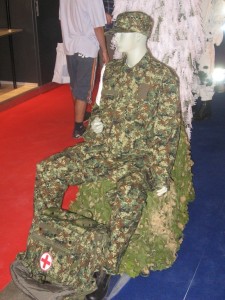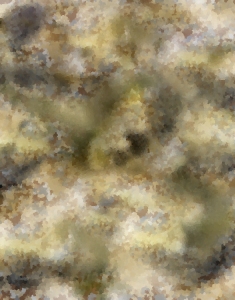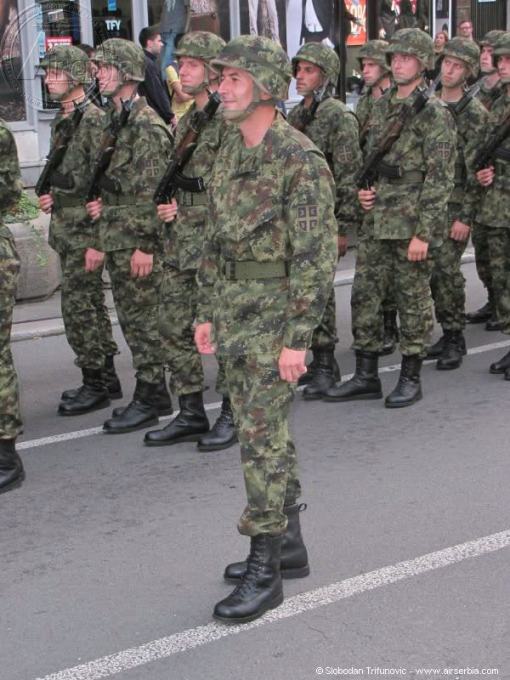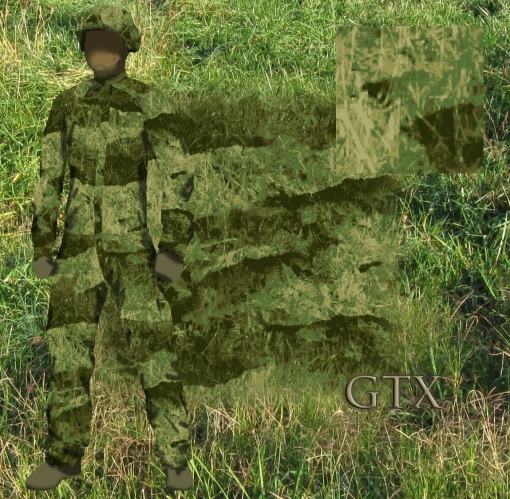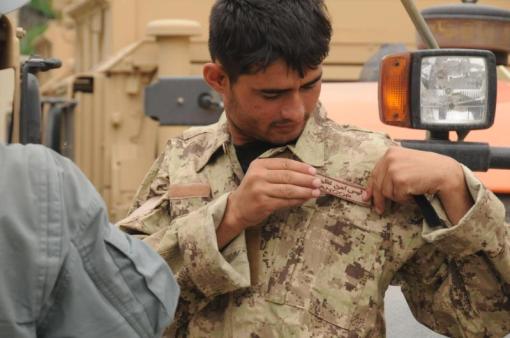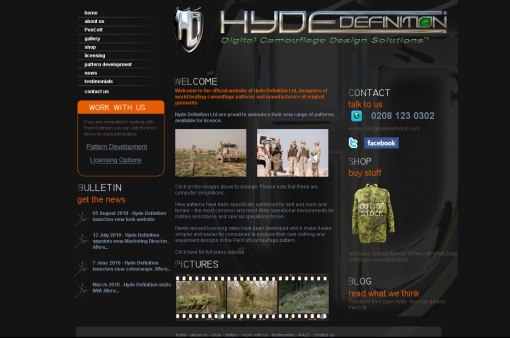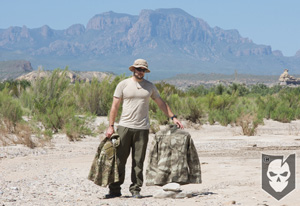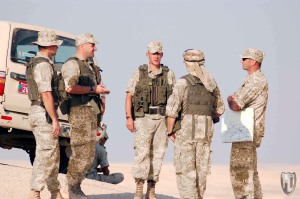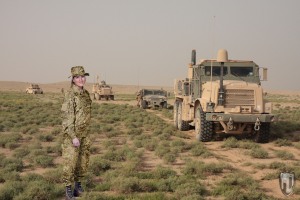Via Rachel Courtland, New Scientist. Issue 2800
NOW you see it, now it looks like something else. Radar images might never be the same again, thanks to an illusion device that can change an object’s appearance. The technology could ultimately be used to hide military aircraft.
The device is part of a growing family of metamaterials – structures designed to steer light along curved paths. They have already been used to make objects appear invisible and to disguise a gap between two objects.
Wei Xiang Jiang and Tie Jun Cui’s team at Southeast University in Nanjing, China, have created a structure that changes the way radio waves interact with a copper cylinder so that it appears to be composed of another material altogether.
Copper conducts electricity well and reflects incoming radio waves, giving it a bright radar signature. To alter this behaviour, the team built a device made of 11 concentric rings of circuit boards etched with small metal-lined channels that prevent electromagnetic waves reflecting away. Instead, they guide the waves in a direction that the researchers choose specifically to make the hidden object appear to have different electrical properties.
Placed around a copper cylinder, the arrangement created the illusion that the cylinder was made of a dielectric, a class of materials including porcelain and glass that do not conduct electricity and are more transparent to radio waves.
The illusion only worked when the cylinder was viewed from the side; what’s more, the imaginary object it generated was the same size as the original. Future designs would have to account for all three dimensions, and might produce an illusion quite different from the object they disguise.
“In principle, this technology could be used to make an illusion of an arbitrary shape and size,” says Cui, whose team created an electromagnetic “black hole” for light in 2009. Similar illusion devices could eventually be used for stealth technology: for example, to “convert the radar image of an aircraft into a flying bird”, Cui says.
The work, which will be published in Physical Review E, is still at an early stage, however. At 45 millimetres, the team’s illusion device is three times as wide as the cylinder it disguised. “Their device is still fairly bulky relative to the original object, so further work needs to be done before a real device can be deployed,” says John Pendry of Imperial College London.
Although invisibility devices were invented first, the illusion technology might win the race to be put to practical use. “It is easier to falsify something than to hide it,” Pendry says.
The team next plans to explore ways to design devices with more complex shapes.

